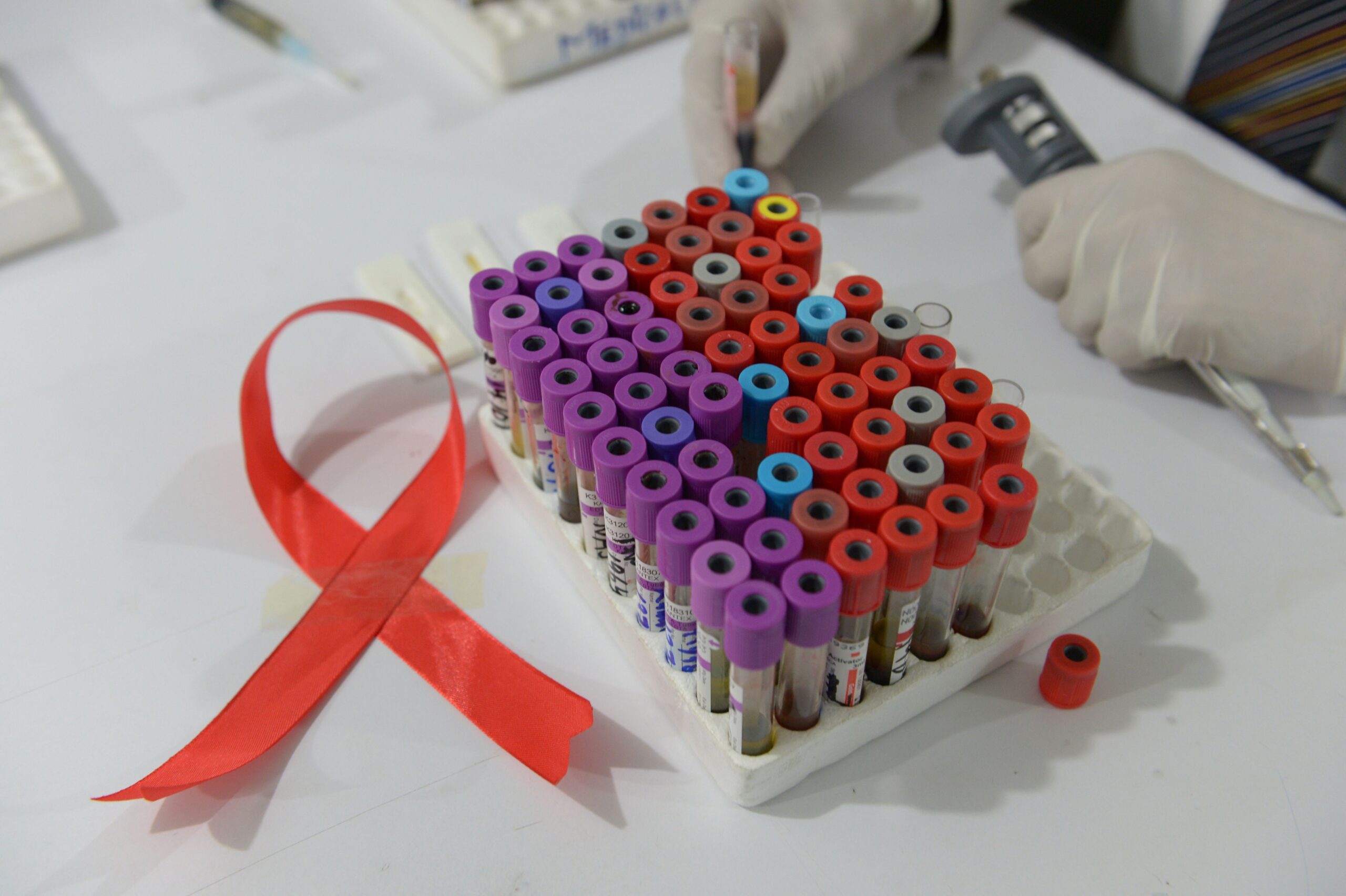Scientists have reported a significant breakthrough in the fight against HIV, claiming successful elimination of the virus from infected cells through the utilization of Crispr gene-editing technology. This achievement, which holds promise for eventual eradication of HIV from the body, marks a remarkable advancement in medical science.
Crispr, hailed as a Nobel Prize-winning innovation, operates at the molecular level akin to scissors, allowing precise cutting of DNA to remove or deactivate undesirable segments. This revolutionary technology has opened up new possibilities in genetic engineering and medical treatment, offering hope for tackling previously incurable diseases.
Despite the effectiveness of existing HIV medications in suppressing the virus, complete eradication has remained elusive. The University of Amsterdam research team, presenting their preliminary findings at a medical conference, emphasized that their work is still in the early stages and does not represent a cure for HIV. Much more research is required to assess the safety and efficacy of this approach fully.
Dr. James Dixon, an expert in stem-cell and gene-therapy technologies at the University of Nottingham, echoed the need for comprehensive evaluation of the findings. He cautioned that transitioning from cell assays to whole-body therapy would necessitate extensive development and validation, underscoring the complexity of translating laboratory successes into practical clinical applications.
Beyond the University of Amsterdam study, other scientists are also exploring the potential of Crispr in combating HIV. Excision BioTherapeutics reported promising results in three HIV-positive volunteers after 48 weeks, with no serious side effects observed. However, challenges remain in targeting all HIV reservoirs within the body and minimizing off-target effects of the treatment.
Dr. Jonathan Stoye, a virus expert at the Francis Crick Institute, warned of the formidable task of eliminating HIV from every cell that may harbor it. Concerns persist regarding the long-term safety and potential side effects of Crispr-based therapies, suggesting a cautious approach in their development and deployment.
HIV’s ability to infect and manipulate immune system cells presents a complex challenge for treatment. Even with effective antiretroviral therapy, some infected cells enter a dormant state, maintaining HIV genetic material. This necessitates lifelong medication for most HIV patients to prevent virus reactivation and associated health complications.
While rare cases of apparent “cure” have been reported following aggressive cancer therapy, such approaches are not feasible or recommended solely for treating HIV. The path to a comprehensive cure involves rigorous research, stringent testing, and collaboration among scientists, clinicians, and policymakers.
In conclusion, the progress made in using Crispr technology against HIV represents a significant step forward in the quest for a cure. However, it is imperative to temper optimism with caution and recognize the challenges that lie ahead. Continued investment in research and innovation is essential to realize the full potential of gene-editing technologies in combating HIV/AIDS and other diseases.









